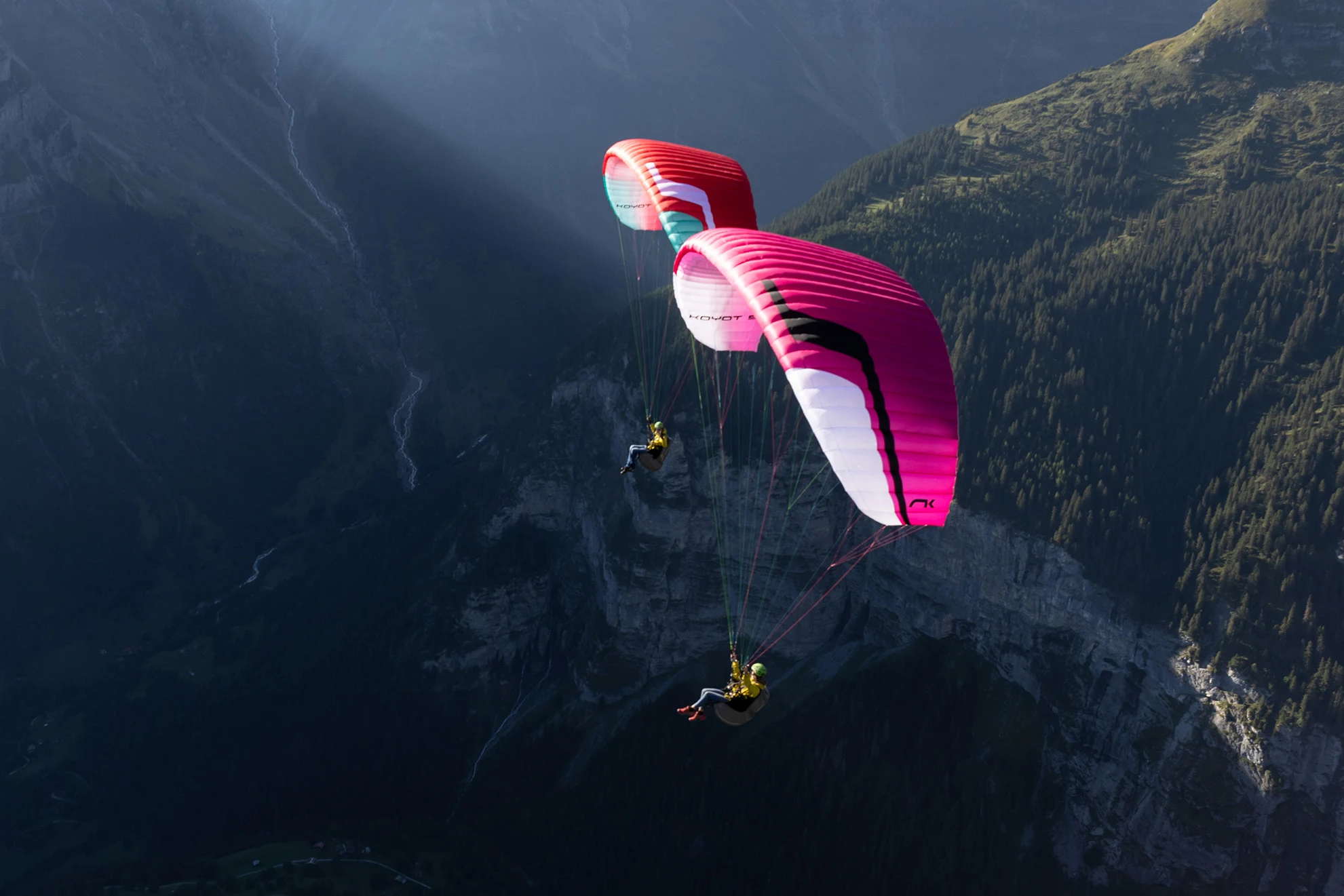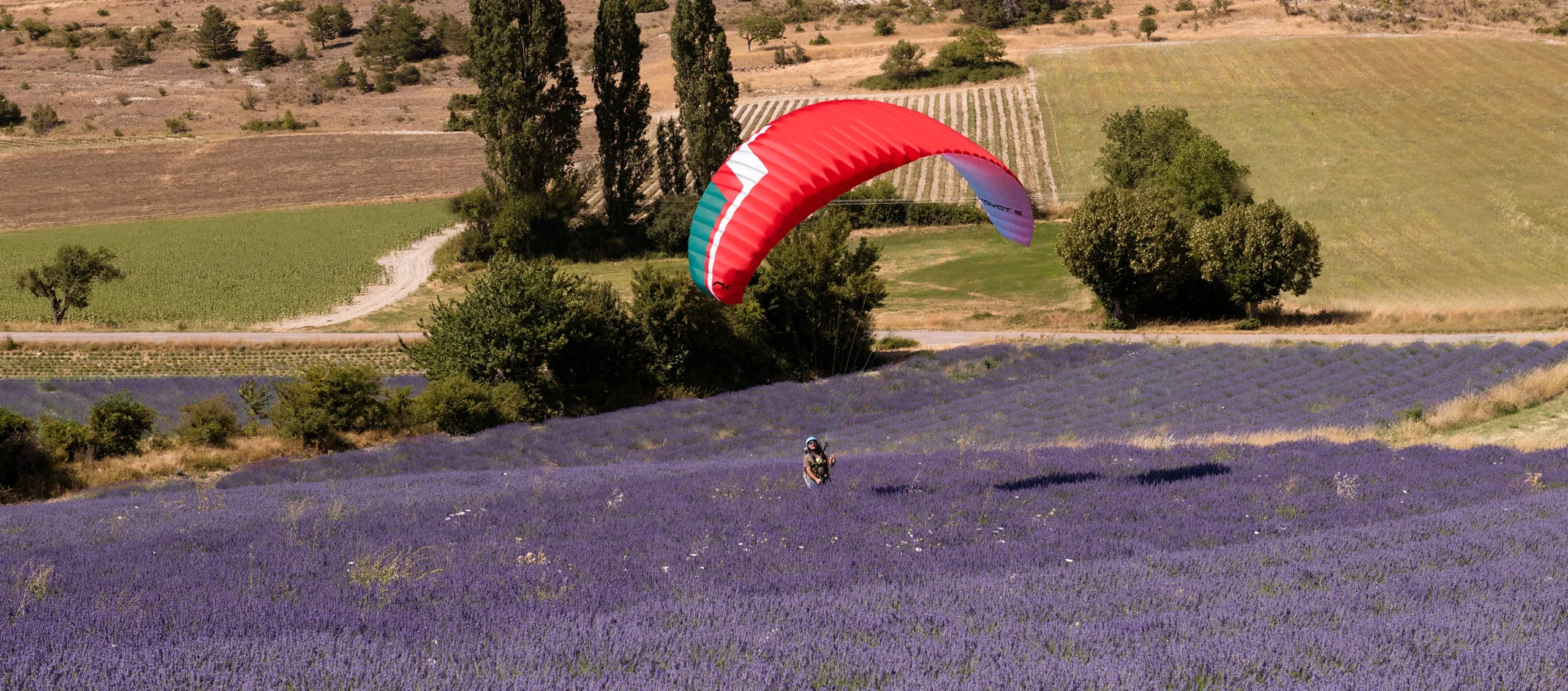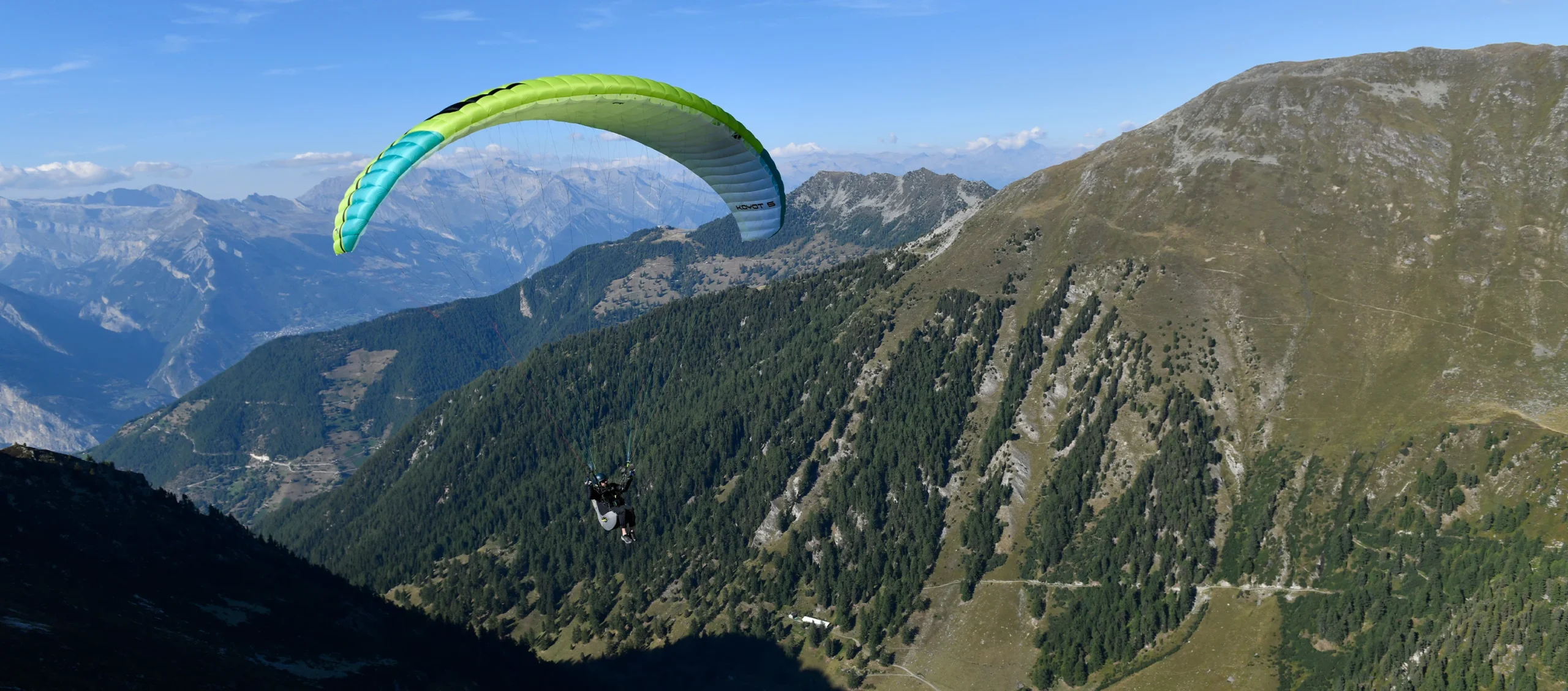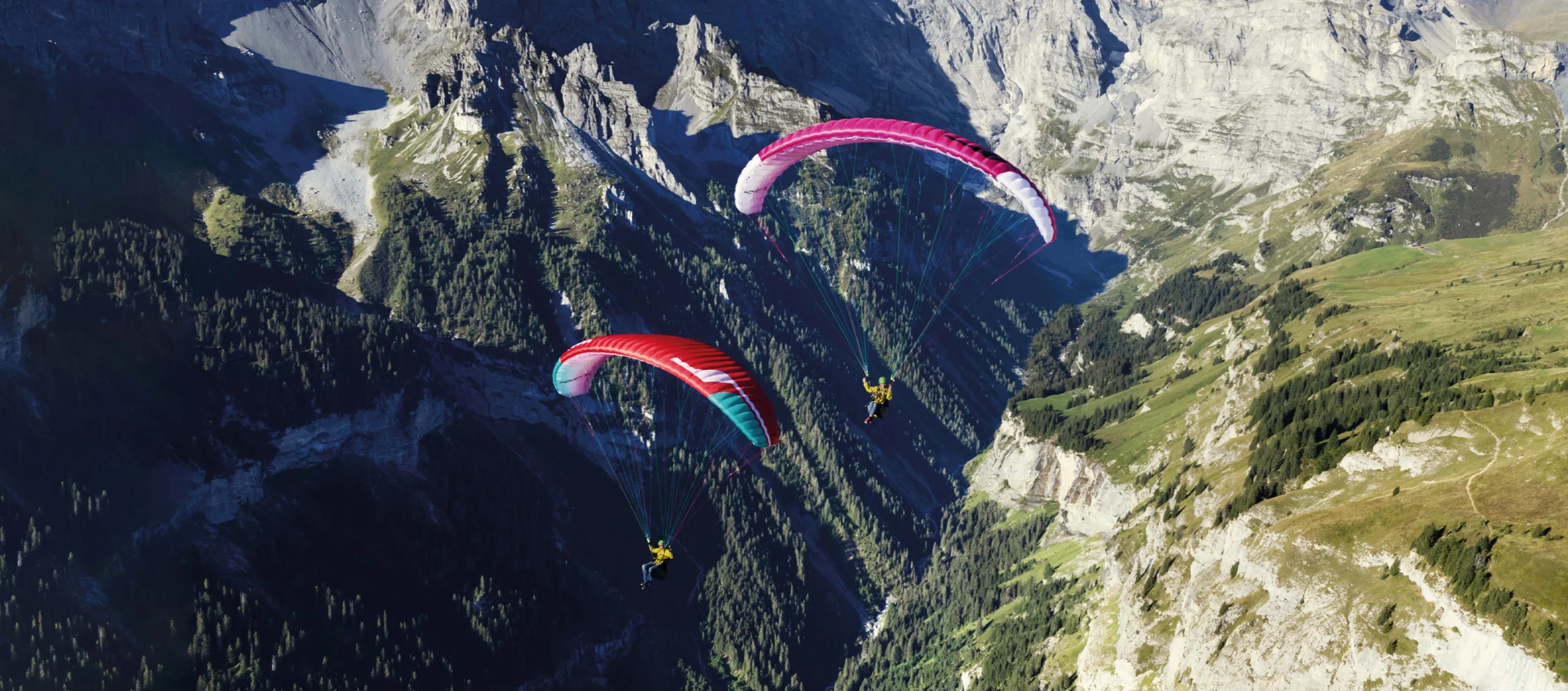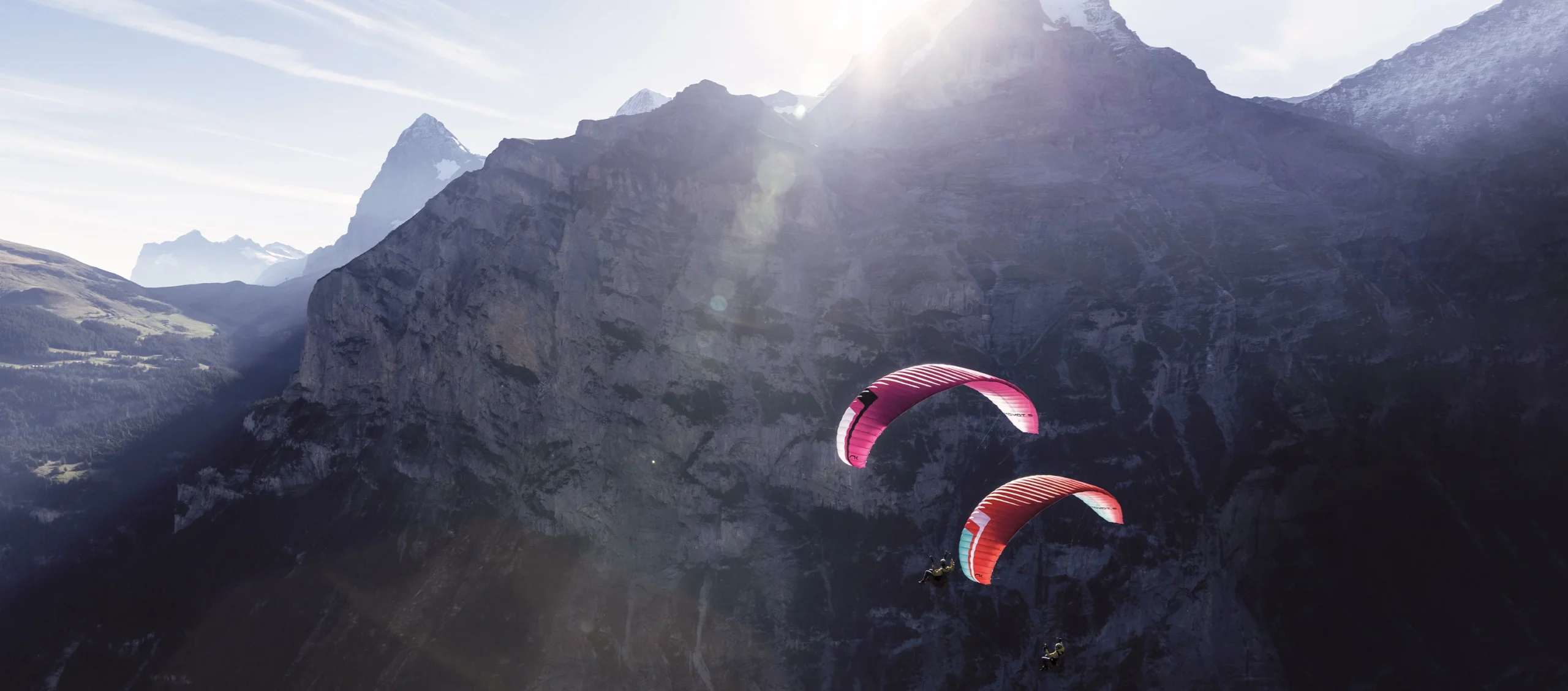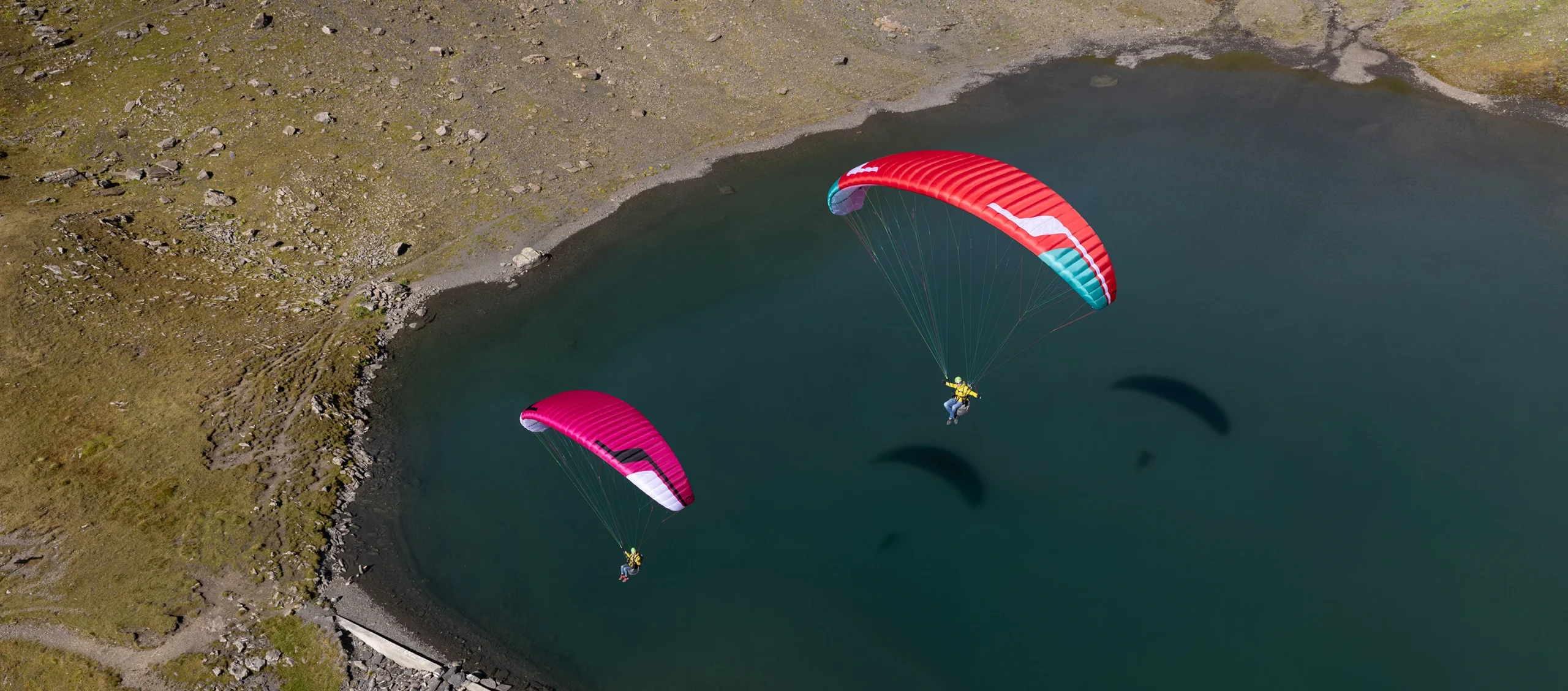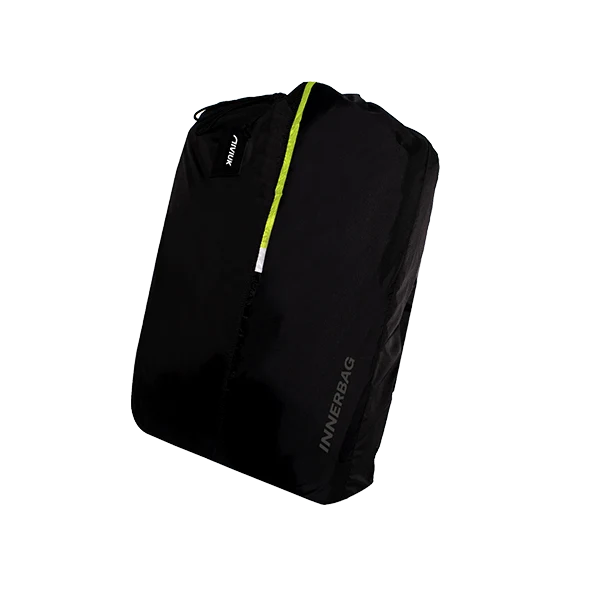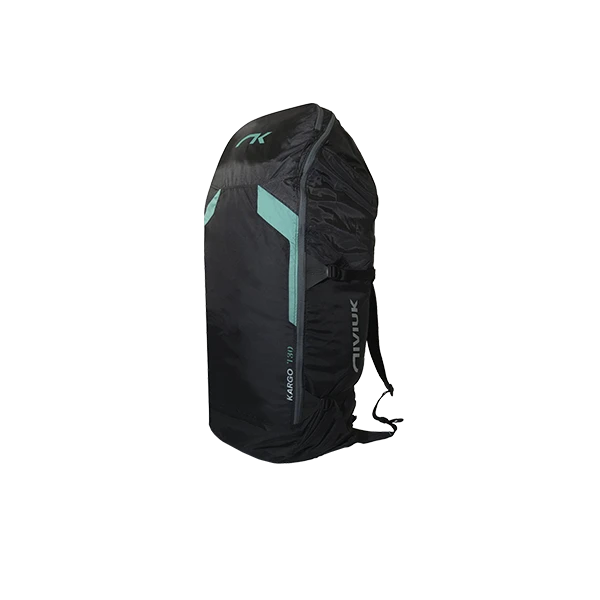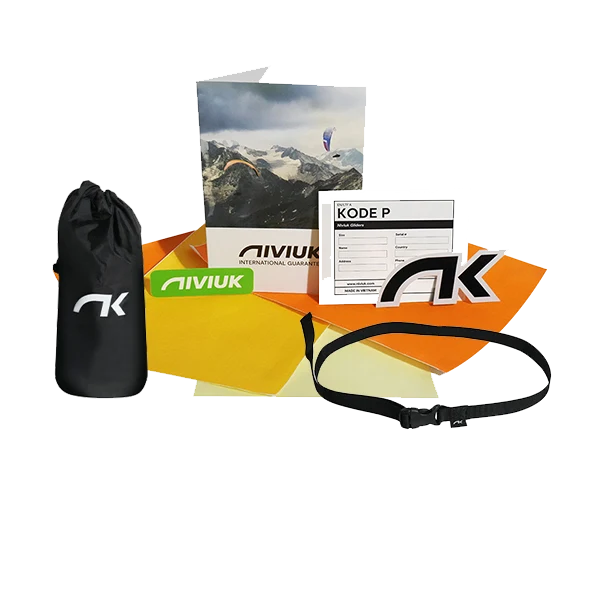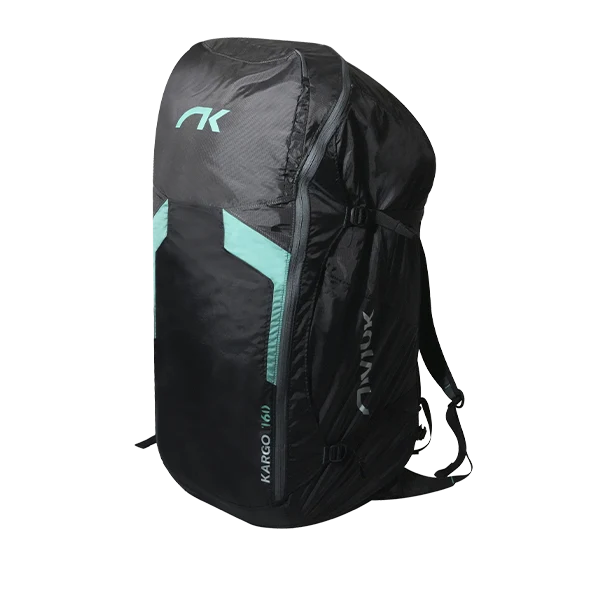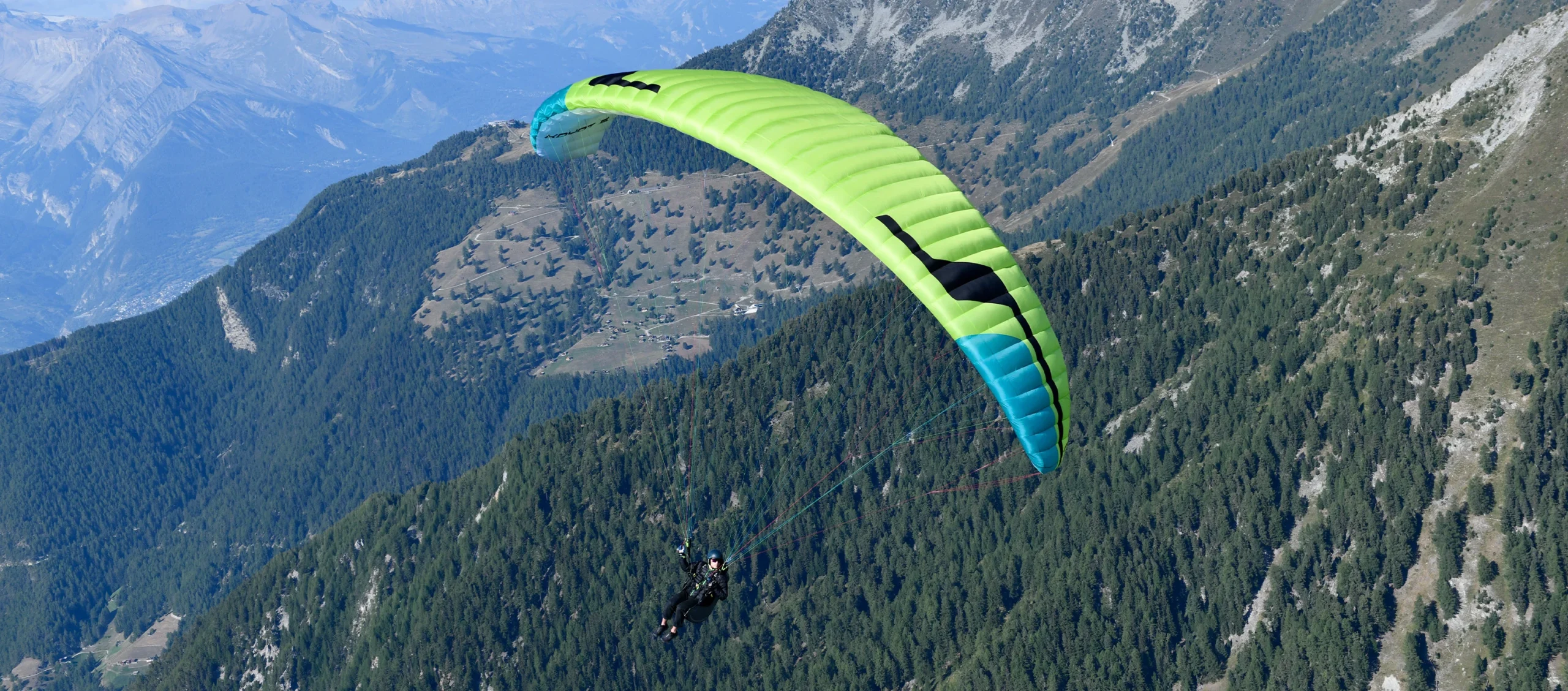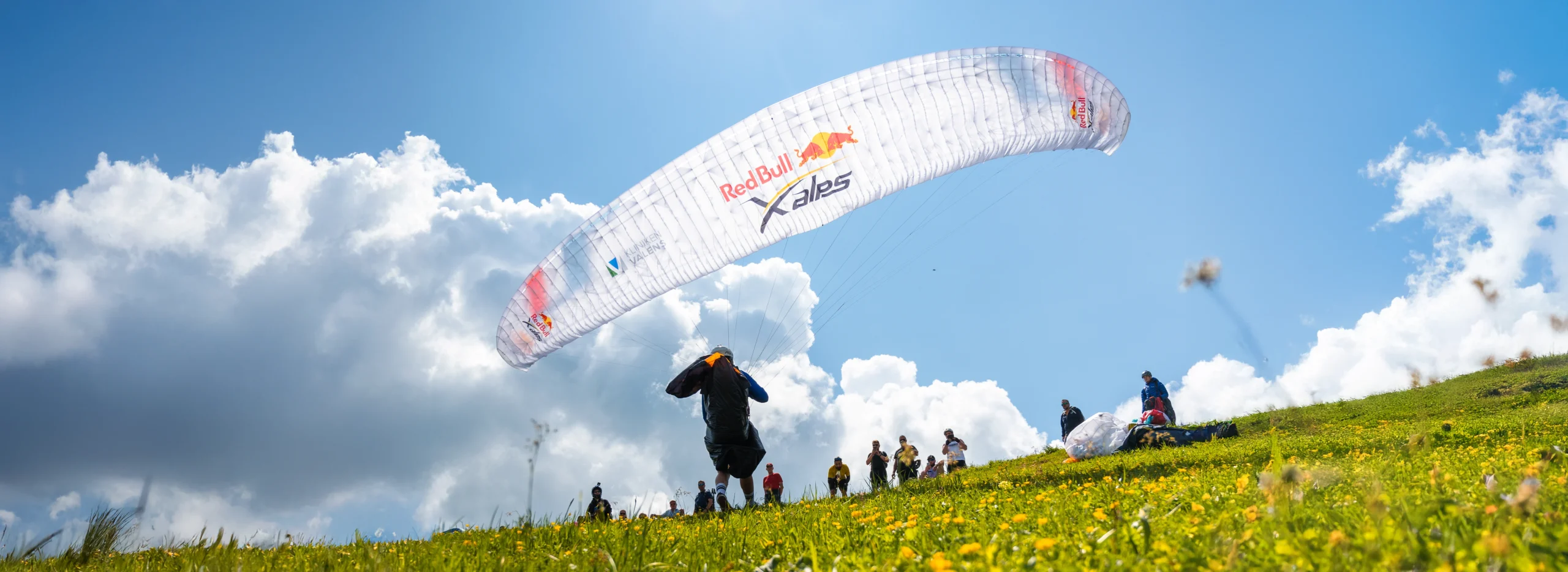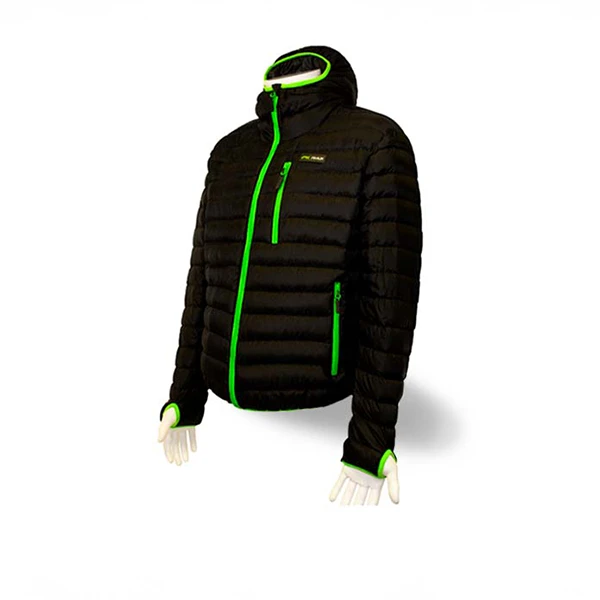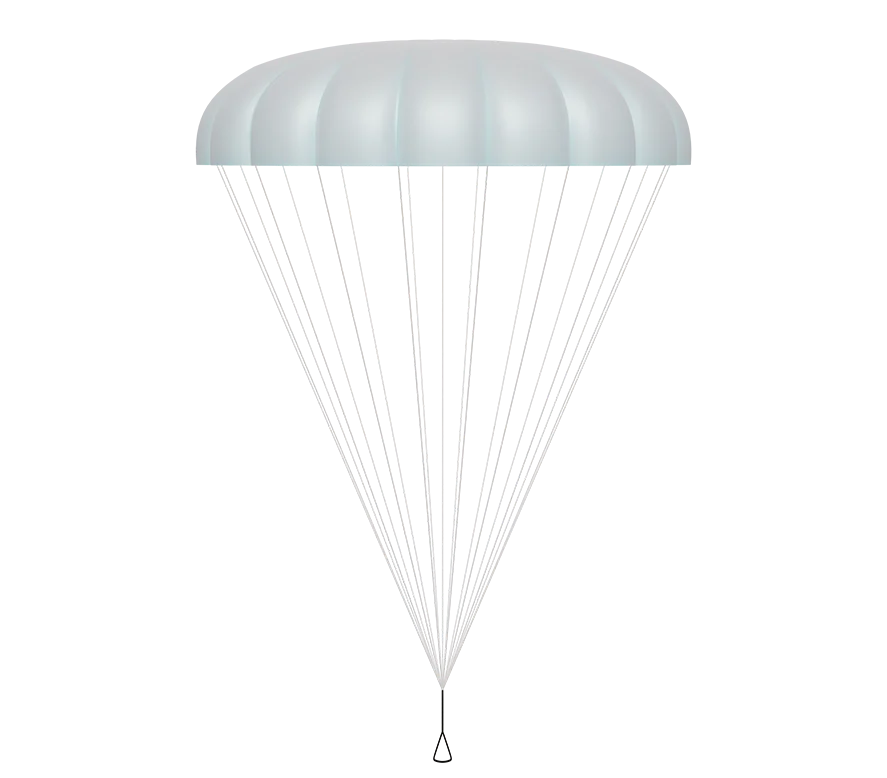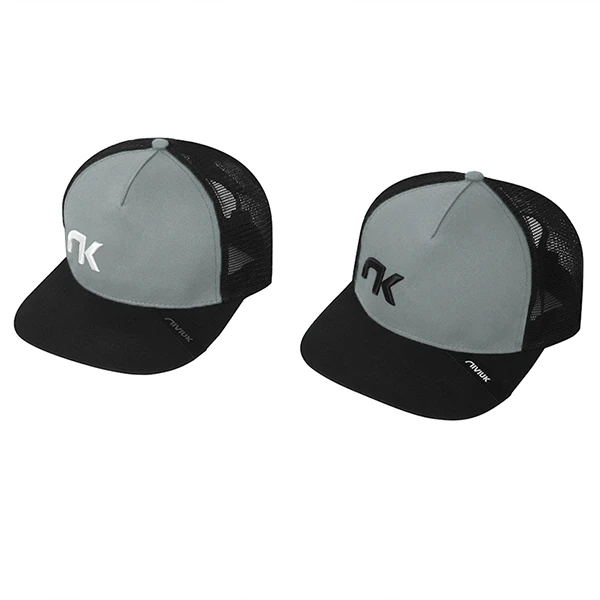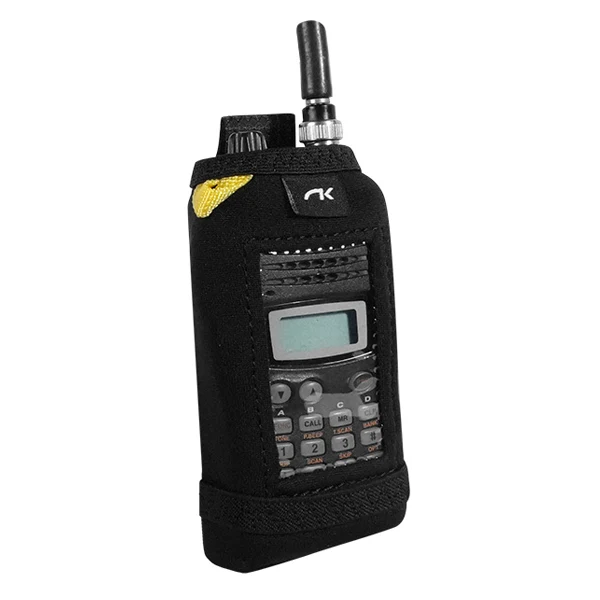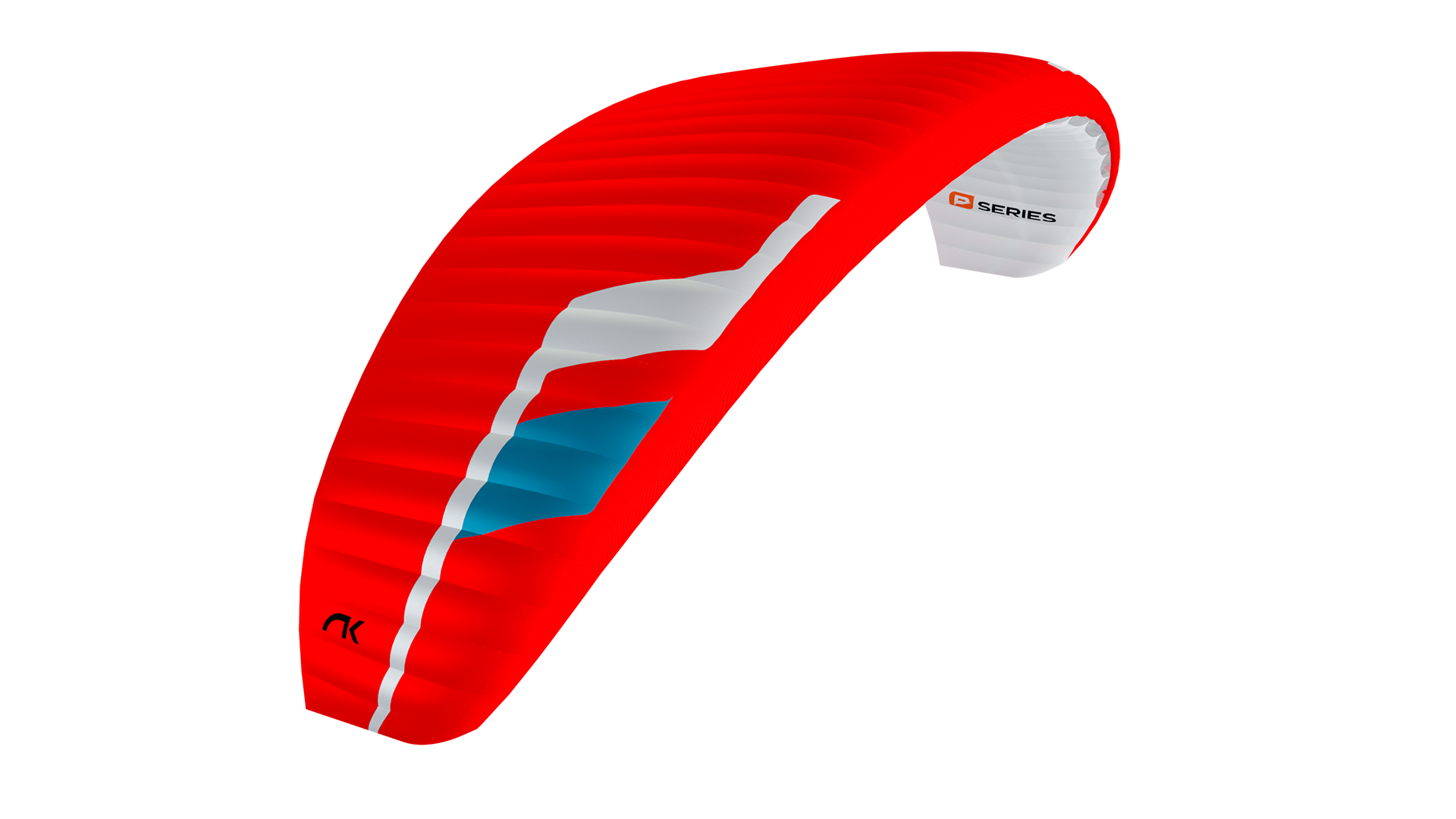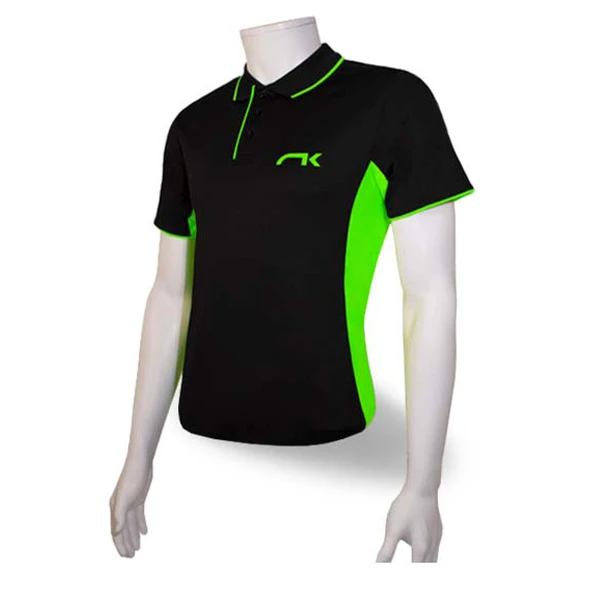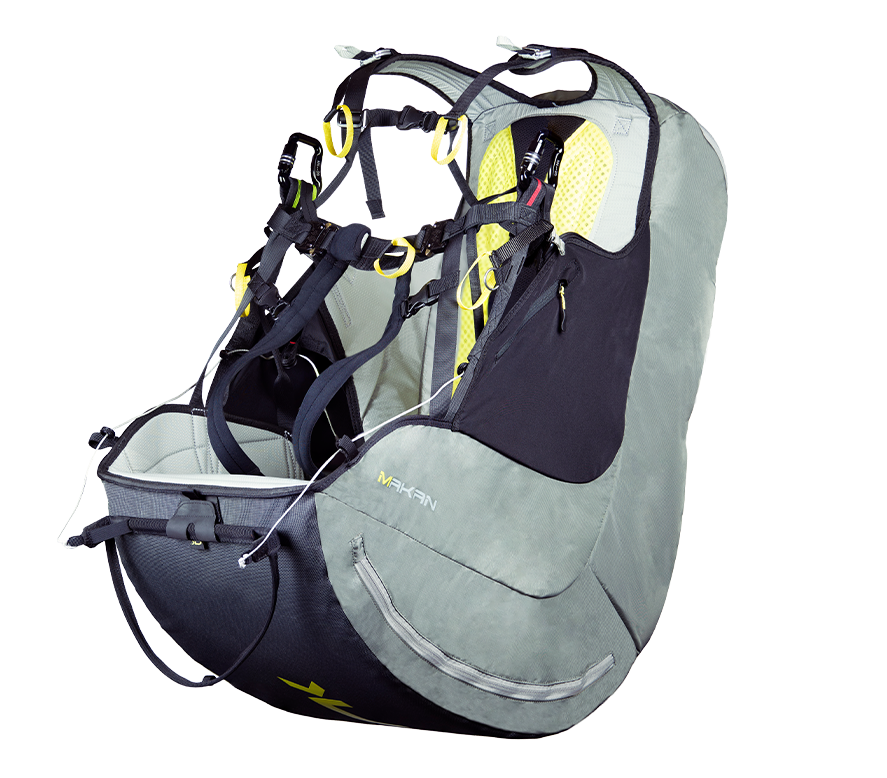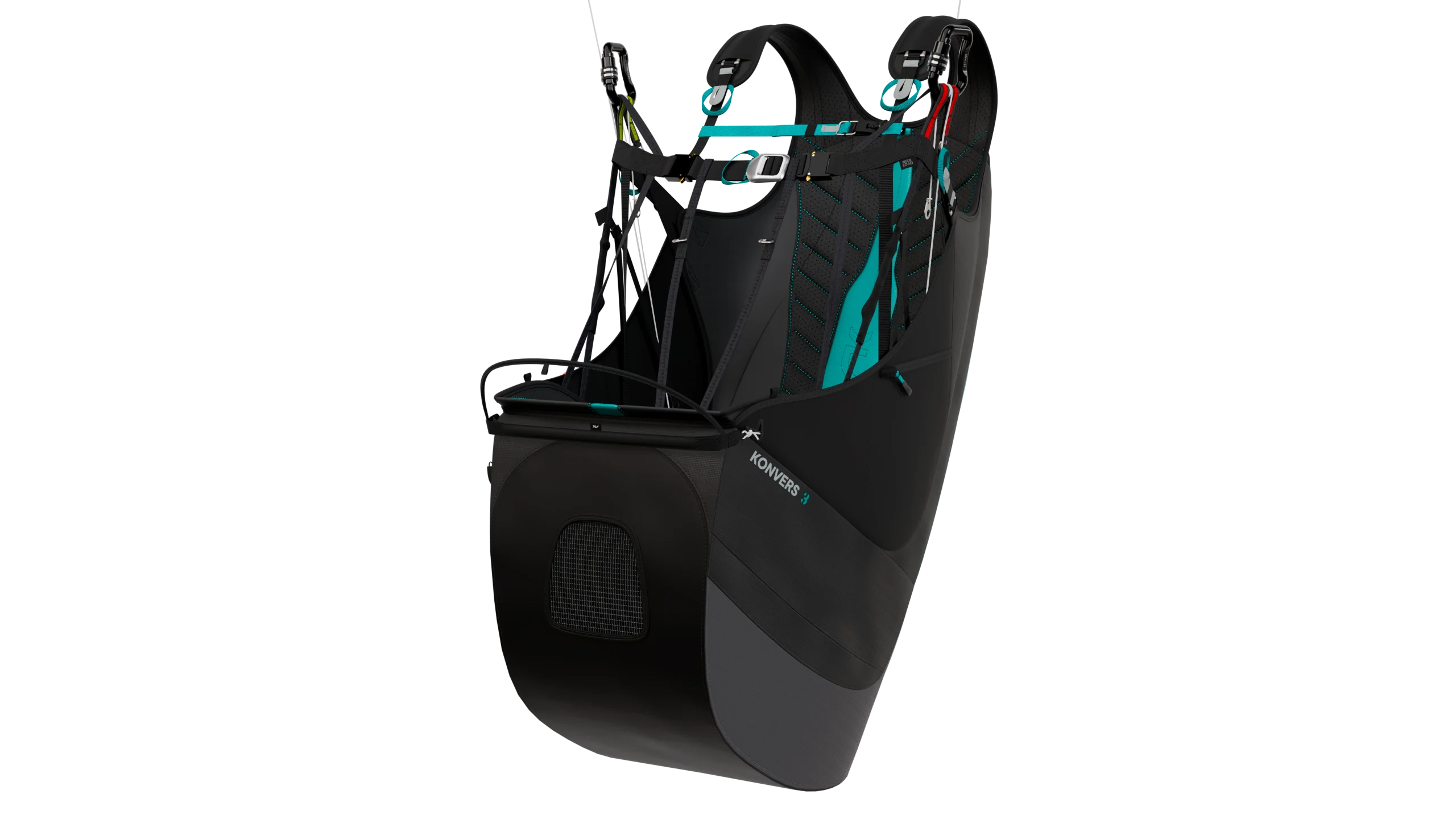Koyot 5
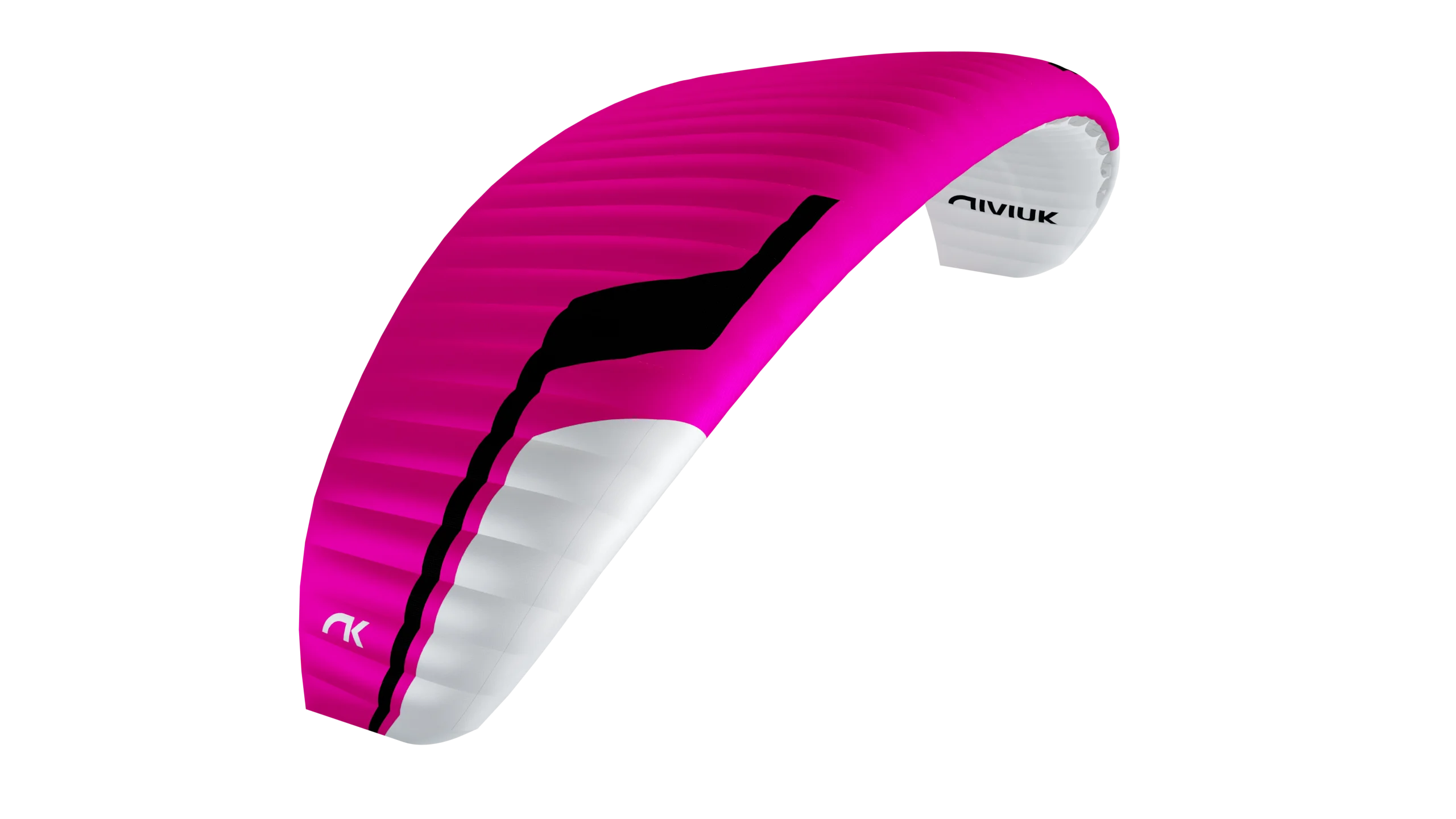
Enter the exciting world of paragliding. If you know that a passion for flying is in your nature and you want to continue to progress as a pilot, the Koyot 5 is the glider for you. It will be your most faithful companion to experience new incredible adventures in the sky. Learn to fly safely, simply and comprehensively.
Instruction, progression, recreational flying
Certified EN A, the Koyot 5 is the ideal companion for progression pilots looking for a fun glider.
The pilot will progress gradually, easily and safely. A glider with a docile character and a progressive level of input response.
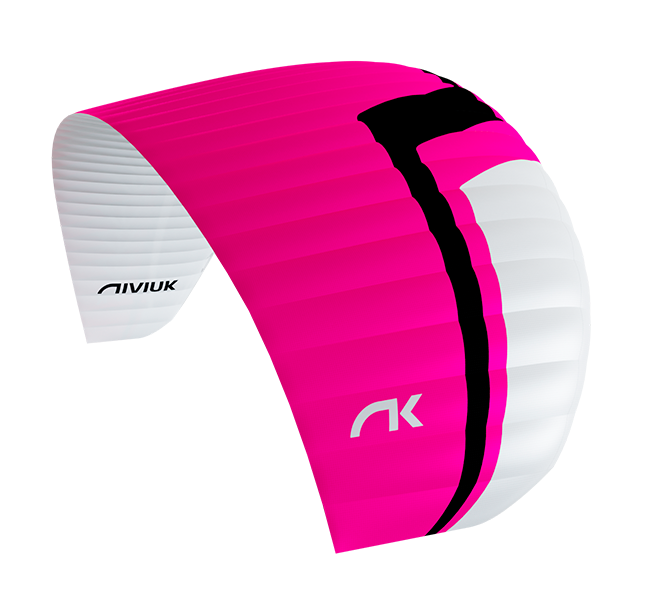
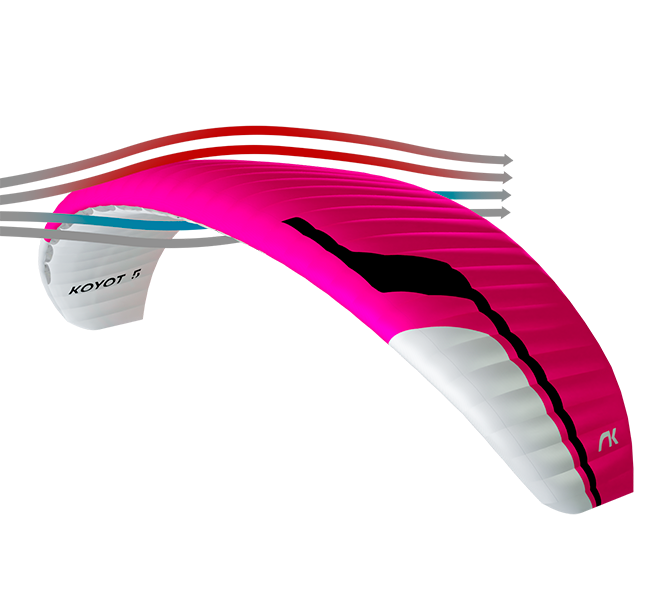
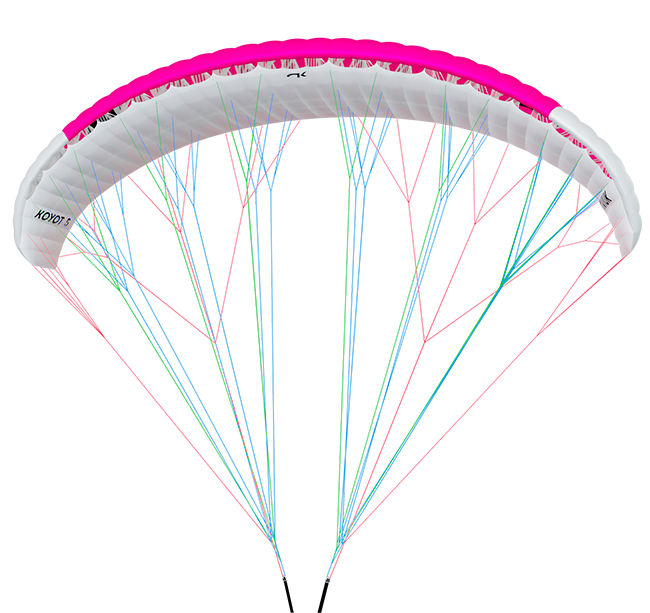
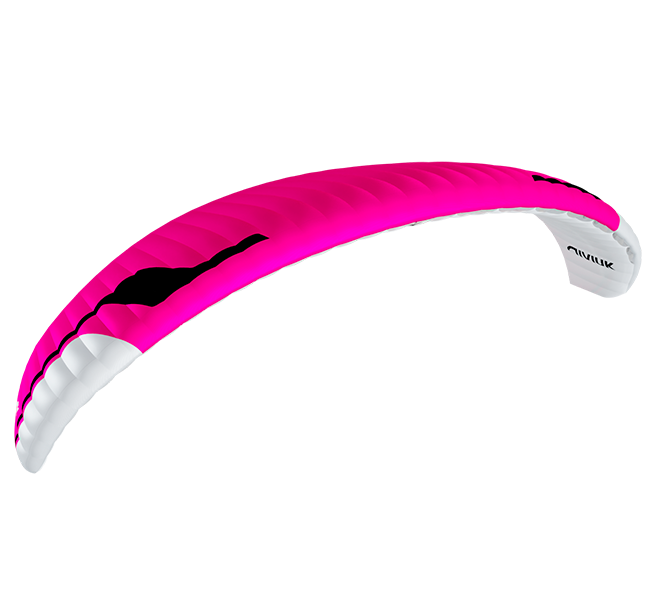
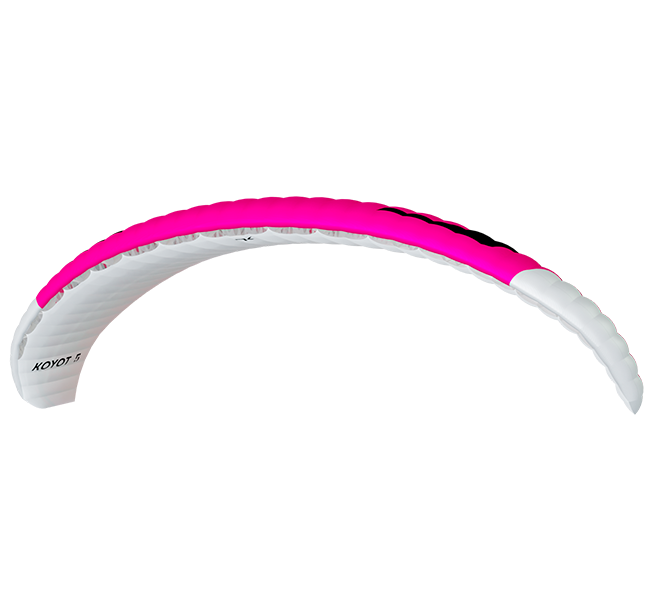
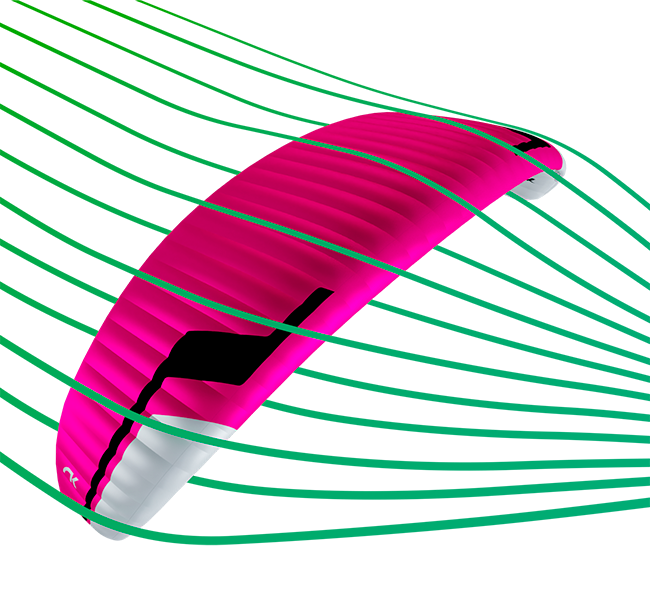
At an intermediate level, it is a steadfast and accessible glider to continue progressing steadily. Easy to control and very intuitive to fly, it allows you to gain experience and confidence quickly, while maintaining safety at all times.
The Koyot 5 has a tendency to stabilise itself after any manoeuvre and has a gradual response to brake inputs. The wing has the capacity to buffer turbulence for increased comfort of the pilot.

At an intermediate level, it is a steadfast and accessible glider to continue progressing steadily. Easy to control and very intuitive to fly, it allows you to gain experience and confidence quickly, while maintaining safety at all times.

The Koyot 5 has a tendency to stabilise itself after any manoeuvre and has a gradual response to brake inputs. The wing has the capacity to buffer turbulence for increased comfort of the pilot.




3DL technology is an adjustment of the fabric at the leading edge of the wing to control the ballooning and the creases that are generated by the curvature in this area. The leading edge is then divided into sub-panels which are sewn into each of the cells at the front of the paraglider. As a result, the leading edge of the wing is perfectly tensioned, which benefits the wing in performance and durability.
A good comparison is a rugby ball. In order to produce its characteristic oval shape without creases, its cover is made of several panels – not of just one piece.
The application of this innovation, in conjunction with the 3DP, is key to converting the perfect shape from 2D to 3D.
The RAM Air Intake system is based on the inward orientation of the air inlets in the profile so that they allow an optimum internal pressure at all angles of attack.
The result? Having greater internal pressure means better buffering of turbulence, greater consistency of the profile shape across the speed range. Excellent handling at low speed is achieved by allowing the pilot to extend the braking limit, so there is a lower risk of collapse and consequently, greater control and stability.
This technology seeks to implement the best orientation of the cloth on each panel according to its location on the leading edge. If the cloth pattern is correctly aligned with the load axes, the cloth suffers less deformation flight after flight, so the leading edge maintains its shape better and remains stronger over time.
The design of our paraglider and paramotor wings has evolved a lot over the years, with a positive and specific focus on the leading edge.
Thanks to this technology and 3DL, a perfect modelling of the panels and an exact representation from 2D to 3D is achieved.
Nitinol is a combination of 50% nickel and 50% titanium. The incorporation of Nitinol rods in the profile increases the performance of the wing, especially in three areas:
- Compared to nylon rods, the weight of the wing is reduced by 13%.
- Nitinol has two essential characteristics: shape memory and enormous elasticity. As a result, the rods retain their optimum shape even after an ultra-compact or incorrect folding, so that the wing is not deformed. This will always be the case unless the radius at the point of curvature is less than 1 cm.
- The leading edge shape is much more rigid and uniform which results in a much more consistent and progressive inflation and therefore an easier take off. The profile is taut at all times, without creases, and fully optimised for all flight phases.
In addition, the rods have a plastic protector at their ends to prevent any damage to the fabric of the wing.
Nitinol is now featured in all our wings.
The Koyot 5 is even more durable due to the Nitinol reinforcements in the leading edge. The canopy of the Koyot 5 is capable of withstanding countless hours of inflating, packing and unpacking.
The redesign of the profile and arc increases the steadiness of the wing. This improves the glider’s performance and increases collapse resistance.
The Koyot 5 has a more technical construction of the line set, easier to understand. This makes the wing lighter, easier to manoeuvre and with less drag.
The in-flight load distribution has been improved with a new design combining the use of Nitinol, diagonals with reinforced attachment points.
Its leading edge has a structured design (SLE technology), an extra seam on the span axis (3DL technology) and ideal tensioning without deformations based on the 3DP technology. The use of these technologies preserves the durability of the glider.
| 22 | 24 | 26 | 28 | 31 | |||
|---|---|---|---|---|---|---|---|
| CELLS | NUMBER | 39 | 39 | 39 | 39 | 39 | |
| ASPECT RADIO | FLAT | 4,7 | 4,7 | 4,7 | 4,7 | 4,7 | |
| PROJECTED | 3,55 | 3,55 | 3,55 | 3,55 | 3,55 | ||
| AREA | FLAT | m² | 22 | 24 | 26 | 28 | 31 |
| PROJECTED | m² | 18,92 | 20,62 | 22,24 | 23,99 | 26,55 | |
| SPAN | FLAT | m | 10,27 | 10,72 | 11,13 | 11,56 | 12,16 |
| CHORD | MAXIMUM | m | 2,66 | 2,77 | 2,88 | 3 | 3,15 |
| LINES | TOTAL | m | 213 | 223 | 233 | 242 | 255 |
| MAIN | 2+1/3/2 | 2+1/3/2 | 2+1/3/2 | 2+1/3/2 | 2+1/3/2 | ||
| RISERS | NUMBER | A+A’/B/C | A+A’/B/C | A+A’/B/C | A+A’/B/C | A+A’/B/C | |
| SPEED-BAR | mm | 130 | 130 | 130 | 130 | 130 | |
| GLIDER WEIGHT | kg | 4,2 | 4,5 | 4,8 | 5,1 | 5,5 | |
| TOTAL WEIGHT IN FLIGHT | MIN-MAX | kg | 45-70 | 60-80 | 75-95 | 90-115 | 110-135 |
| CERTIFICATION |
EN/LTF A
|
EN/LTF A
|
EN/LTF A
|
EN/LTF A
|
EN/LTF A
|
The total weight of the wing may differ ±2% due to variations in the weight of the fabric supplied by the manufacturers.
Koyot 5
It contains an 8-digit code that, when entered in the MyNiviuk section, can be used for product registration, to carry out procedures and request maintenance.
